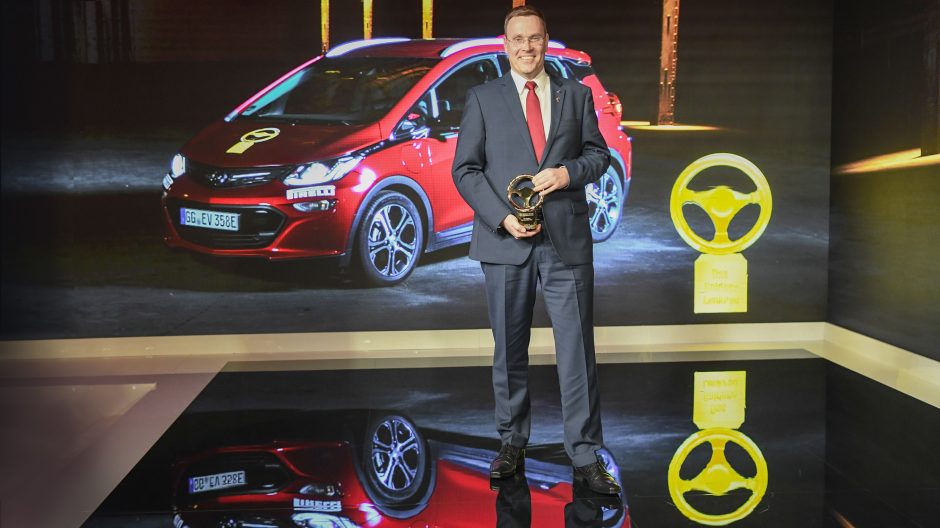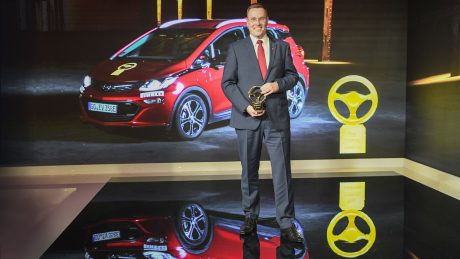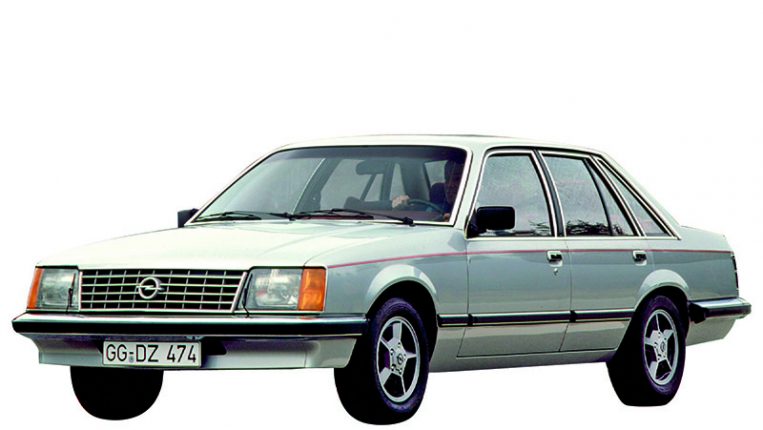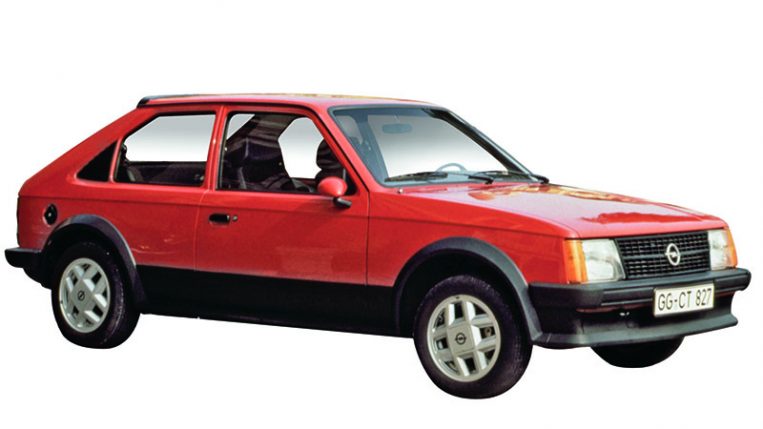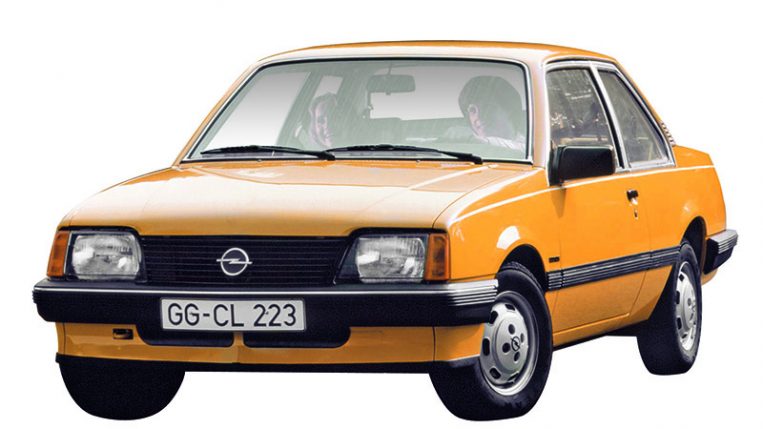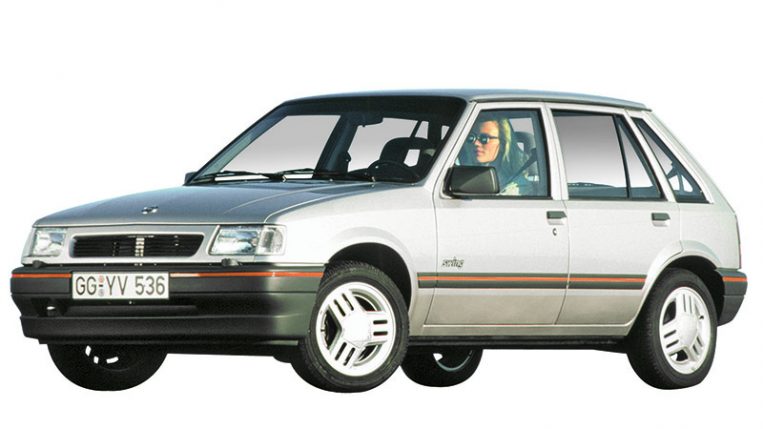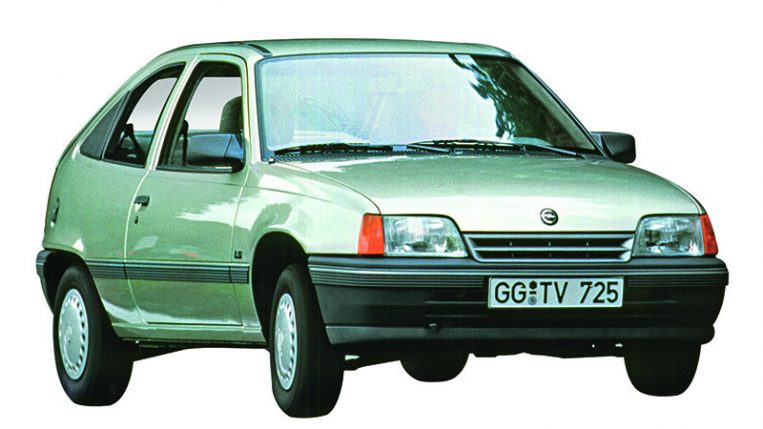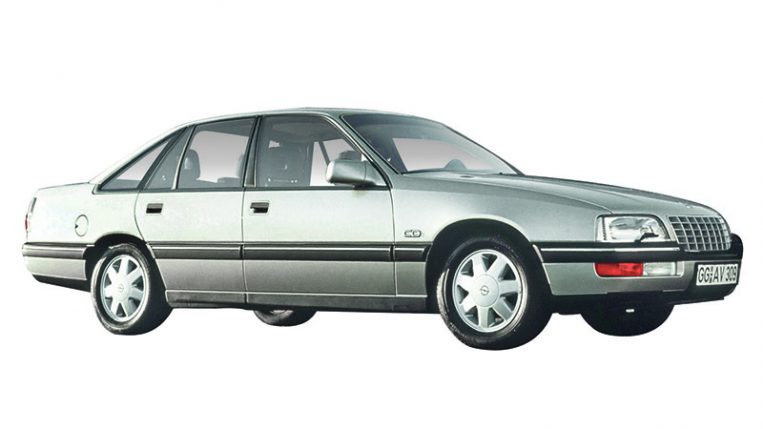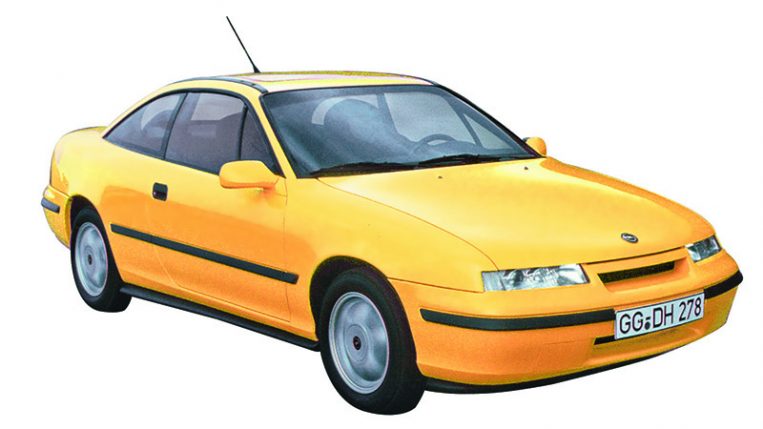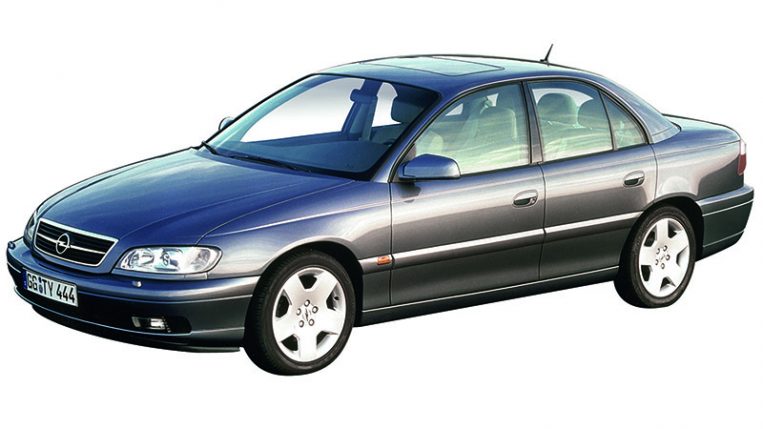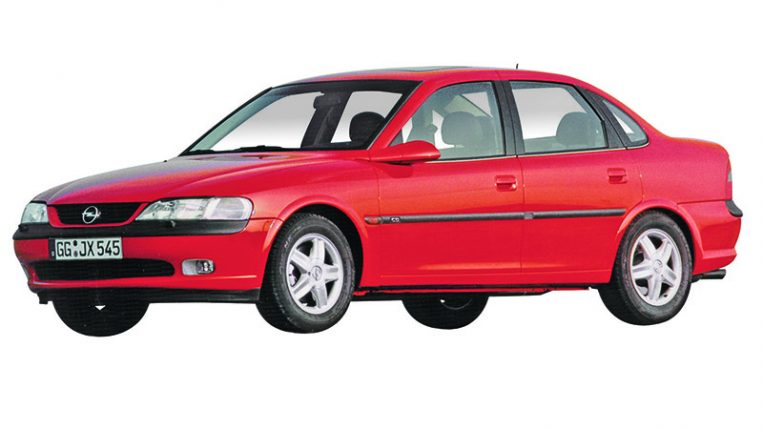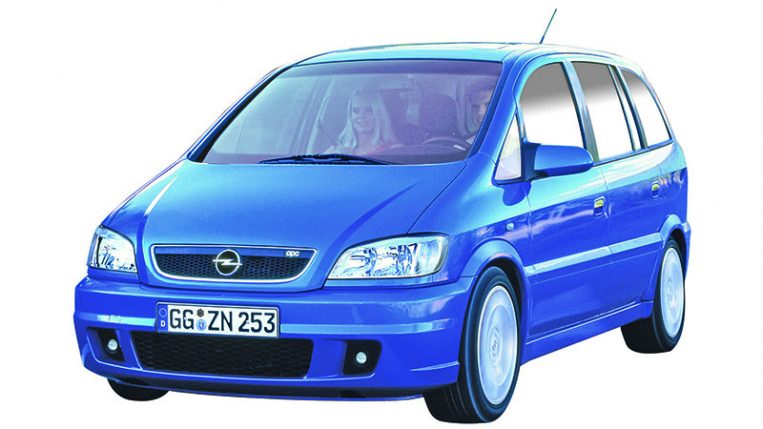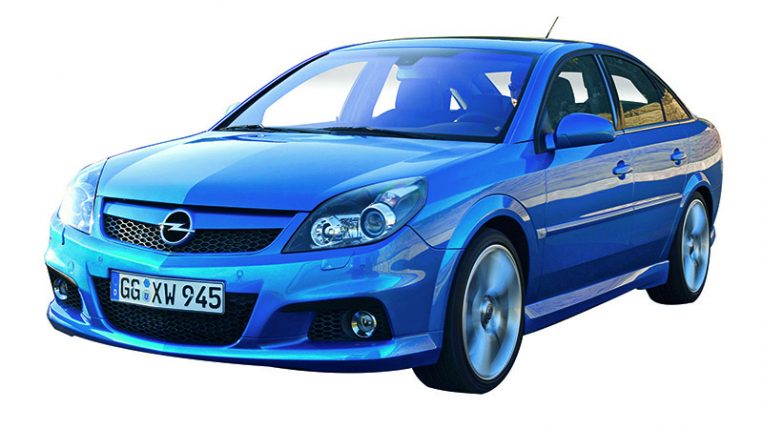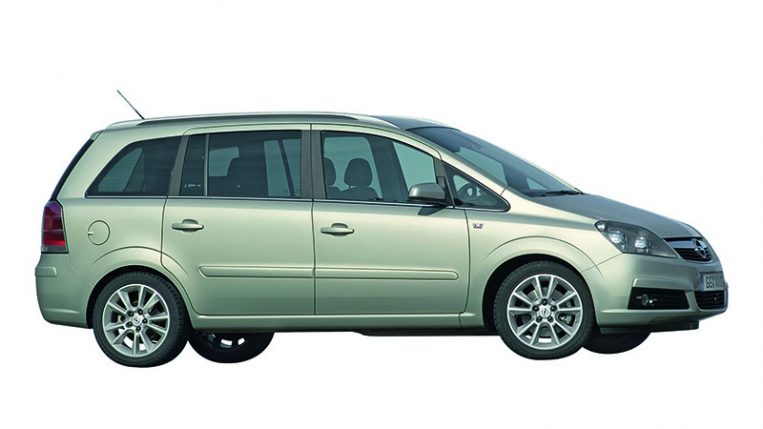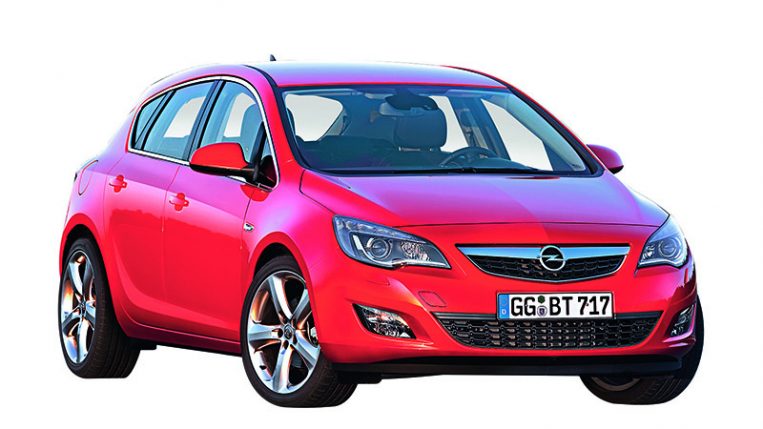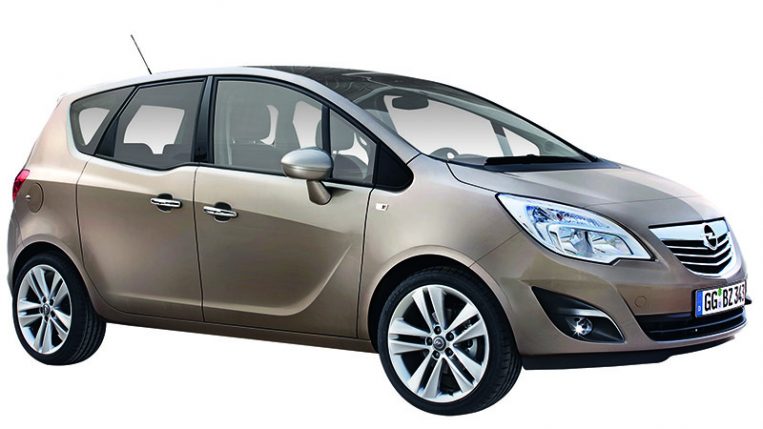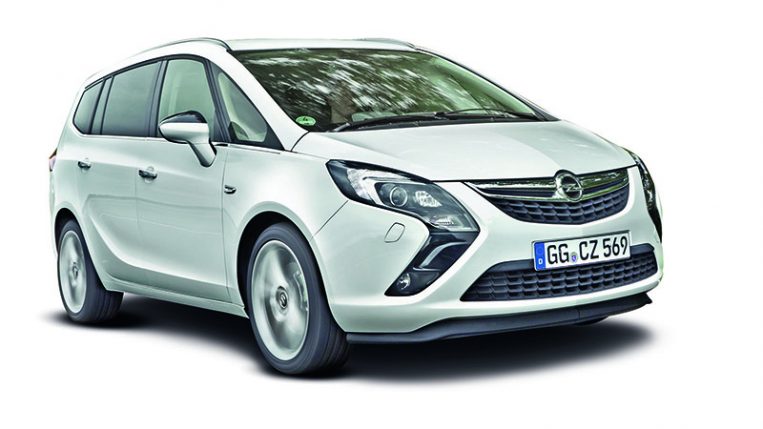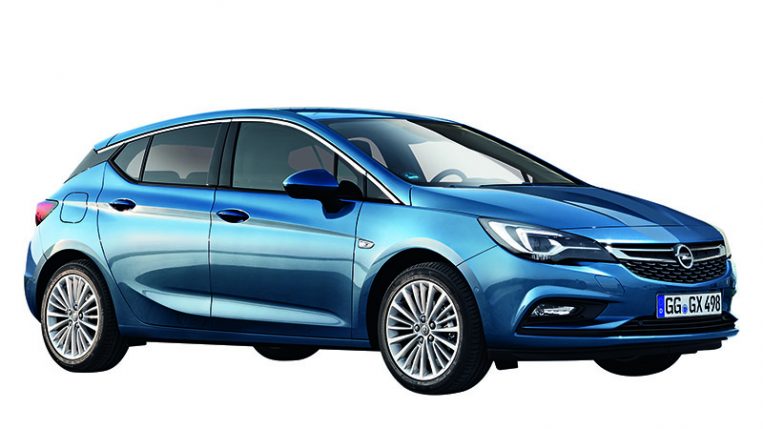One of the most prestigious awards of the German car industry, the “Golden Steering Wheel”, was presented in Berlin. And the Opel Ampera-e took the prize in the small and compact car segment. The revolutionary electric car convinced the jury consisting of readers, experts and celebrities and left strong competition in its wake. The Ampera-e thus continues the long tradition of Opel “Golden Steering Wheel” winners. Opel Managing Director Engineering Christian Müller attended the ceremony hosted by Bild am Sonntag and Auto Bild and accepted the award.
The Opel Ampera-e’s win at the much-coveted 2017 Golden Steering Wheel awards is the continuation of the Rüsselsheim-based carmaker’s successful tradition in the competition, which started with the Opel Senator A in 1978, two years after the award was introduced, and includes 17 titles over five decades.
Best in class: Revolutionary electric car convinces against strong competition
Opel and the “Golden Steering Wheel”
- 1978 Opel Senator A In 1978, the brand with the Blitz won its first “Golden Steering Wheel” with the Opel Senator. Presented at the IAA in September 1977, the Senator was the successor of the legendary Kapitän, Admiral and Diplomat models and was Opel’s flagship until making its final bow in 1993. The 1978 Senator was available with three different engines – a 2.8-litre engine with 103 kW/140 hp, a 3.0-litre unit with 110 kW/150 hp and the top-of-the-range 3.0-litre engine with 132 kW/180 hp.
- 1979 Opel Kadett D One year later, Opel was back on the top of the rostrum. The 1979 Kadett D was the first ever Opel compact class car with front-wheel drive and delivered the company’s second “Golden Steering Wheel”. Thanks to the transverse engines and a missing flexible drive shaft it offered the passengers ample space despite compact dimensions and being 126 mm shorter than its predecessor. In addition, the Kadett saw the introduction of new engines with an overhead camshaft. The four-cylinder 1.3-litre OHC engine generated 44 kW/60 hp or 55 kW/75 hp. In addition to the spacious estate with a load volume of up to 1,425 litres, Opel offered two different fastback versions. In January 1983, the sporty Kadett GTE followed, with a top speed of 187 km/h and equipped with a 1.8-litre four-cylinder engine that developed 115 hp.
- 1981 Opel Ascona C In 1981, it was the Opel Ascona C’s turn to bring home the goods for the Rüsselsheim-based carmaker. It was the first Opel middle class car with front-wheel drive and was available as a notchback and an estate. The powertrain range for the Ascona C consisted of petrol engines ranging from 1.3 to 1.6 litres and a 1.6-litre diesel unit.
- 1982 Opel Corsa A Only 12 months later, in 1982, a brand-new Opel model took the “Golden Steering Wheel” awards by storm – the Corsa A. Opel’s first-ever small car featured close-coupled proportions within a short length of just 3.62 metres. It had bold, flared wheel-arches like a rally car and an exceptionally low drag coefficient of 0.36, which was possibly record-breaking for its class. The Corsa A was designed to appeal to ‘the man of the house’ in particular. The highlight was the 72 kW/98 hp Corsa GSi. The two-door hatch and notchback line-up was expanded in 1985 with the addition of the popular five-door model. The Corsa A became a highly acclaimed top seller with 3.1 million units built.
- 1984 Opel Kadett E Five years after winning the “Golden Steering Wheel” for the first time, the Kadett took pole position again with its new generation launched in 1984. The second front-wheel drive Kadett, built from 1984 to 1991, was an absolute winner and also took the 1984 “Car of the Year” award. Furthermore, the Kadett is rated as an aerodynamics champion. The sporty GSi, with a Cd of 0.30, stunned the experts and even the normal hatchback sedan achieved a sensational value of 0.32. In total, the aerodynamics champion was sold 3.78 million times.
- 1987 Opel Senator B The Opel Senator B also managed to repeat the success of its predecessor. Based on the rear-wheel drive Opel Omega, the new flagship mainly came with six-cylinder engines, with the smooth 3-litre in-line engine with 115 kW/156 hp leading the way. You could place a coin on its edge in the engine compartment and the coin wouldn’t fall off when the engine was running. Later, a 4-valve version of the 6-cylinder engine with a Dual-Ram variable intake system and hearty 150 kW/204 hp was introduced.
- 1990 Opel Calibra Ein echter Champion holt sich das „Goldene Lenkrad“: Ein atemberaubend gezeichnetes Sportcoupé mit dem weltbesten Luftwiderstandsbeiwert von sagenhaften cW 0,26! Dazu durch die Bank sportliche Motoren von 85 kW/115 PS bis 150 kW/204 PS. Krönung war der Opel Calibra Turbo mit Allradantrieb und einer Beschleunigung von null auf hundert in nur 6,8 Sekunden. Ein V6-Motor mit 125 kW/170 PS rundet das Angebot ab. Im Motorsport holt sich ein Calibra V6 1996 die Tourenwagenkrone und gewinnt die ITC.
- 1994 Opel Omega B A true champion won the “Golden Steering Wheel” in 1990: A breath-taking coupé with a record-breaking drag coefficient of 0.26! The Calibra was available with powerful engines ranging from 85 kW/115 hp to 150 kW/204 hp. The Opel Calibra Turbo with all-wheel drive and acceleration from 0 to 100 km/h in a mere 6.8 seconds was the icing on the cake. A V6 engine with 125 kW/170 hp rounded off the offer. In motorsports, a Calibra V6 won the touring car crown by taking the ITC in 1996.
- 1995 Opel Vectra B The Opel Vectra’s most eye-catching feature was the aerodynamically shaped door mirrors that formed a harmonic unity with the front of the car – a feature the “Golden Steering Wheel” jury simply could not resist. The Vectra also won because of its new and efficient petrol engines ranging from 1.6 to 2.6 litres featuring outputs between 55 kW/75 hp and 125 kW/170 hp. Elsewhere, the direct injection diesel engines with displacements ranging from 1.7 to 2.2 litres delivering exemplary consumption celebrated their debut.
- 1999 Opel Zafira A Who invented it? Opel! Yes, the compact van that can be turned from a complete seven-seater into a transporter with impressive maximum load volume (1,700 litres max.) in a flash (in only 15 seconds!) without removing a single seat is a Rüsselsheim brainchild. The formula is called Flex7 and it helped the Zafira win the “Golden Steering Wheel” in 1999. Thanks to the ingenious concept, the seats disappear into the vehicle floor when necessary. The flexible space wonder also impresses with compact dimensions and outstanding driving dynamics.
- 2001 Opel Vectra C The third-generation Vectra successfully defended the title won by its predecessor by winning gold yet again. The new middle class car entered the electronic age, connected its systems via a CAN (Controller Area Network) bus instead of via a cable harness, and came with electrohydraulic power steering. Outputs of the petrol and diesel engines ranged from 74 kW/100 hp to 206 kW/280 hp with displacements from 1.6 to 3.2 litres. In 2004, Opel also fitted the Vectra with the IDS Plus active suspension with Continuous Damping Control (CDC), which ensured that the dampers adapt to the prevailing driving situation.
- 2005 Opel Zafira B The second-generation Zafira continued to set the standards with a further development of the Flex7 seating system and won the “Golden Steering Wheel” again. Furthermore, it was also classed as the fastest van on the planet when the OPC version with 177 kW/240 hp completed a lap on the Nürburgring Nordschleife in 8:54:38 minutes. 240 powerful horses under the bonnet and an outstanding performance handling system helped achieve this record-breaking time.
- 2009 Opel Astra J In 2009, the Astra J, a true designer piece, followed in the footsteps of the Kadett D space wonder and the Kadett E aerodynamics champion, securing Opel’s third “Golden Steering Wheel” compact class title. The Astra followed Opel’s new design philosophy ‘Sculptural artistry meets German precision’. In additional, the Astra J came with modern assistance systems such as the Opel Eye and the AFL+ headlamp system that can see around corners. The FlexRide adaptive technology helped it adapt to the prevailing driving situation and front-seat occupants were able to enjoy the ride in AGR-certified (Campaign for Healthier Backs) seats.
- 2010 Opel Meriva B The Zafira’s little brother struck gold in 2012 with the Meriva B underlining Opel’s van expertise. The jury was convinced by the versatile FlexSpace rear-seating system and the innovative rear-hinged rear door system. The FlexDoors allow easy access to children’s seats in the rear and ensured comfortable entry and egress for tall passengers. The engine portfolio offered ample power while curbing consumption thanks to downsizing and turbo-charging. Outputs ranged from 55 kW/75 hp to 103 kW/140 hp.
- 2012 Opel Zafira Tourer The Zafira was accompanied by a premium partner in the Zafira Tourer and immediately won another “Golden Steering Wheel”. In addition to the flexible interior, the new star impresses with lounge comfort, panorama glass sunroof and innovations such as radar-based speed control and emphatic Forward Collision Alert.
- 2015 Opel Astra K And the winner is: The current-generation Astra is based on a completely new lightweight vehicle architecture, is powered exclusively by ultra-modern engines and enables outstanding connectivity via smartphone integration and the personal connectivity and service assistant OnStar. The Astra also continues Opel’s tradition of introducing features previously only known from higher segments into the compact segment. All this resulted in the 2015 “Golden Steering Wheel”.
- 2017 Opel Ampera-e The Opel Ampera-e leaves its competition standing with its sports car-like acceleration and the by far longest electric range in its segment. With a single charge of the 60 kWh lithium-ion battery a distance of up to 520 kilometres is measured in accordance with the New European Driving Cycle (NEDC). And the Opel Ampera-e also impresses when tested approximated to the speed profile defined in the WLTP (Worldwide Harmonized Light-Duty Vehicles Test Procedure) driving cycle (shortened test procedure): Based on this development test, the engineers estimate a combined WLTP range of 380 kilometres. The Ampera-e accelerates from 0 to 50 km/h in just 3.2 seconds. Furthermore, the 4.16 metre-long Ampera-e also offers plenty of space for up to five passengers plus boot space of 381 litres (1,274 litres when the seats are folded down) – a mixture worth its weight in gold.
